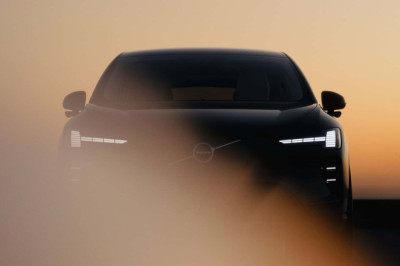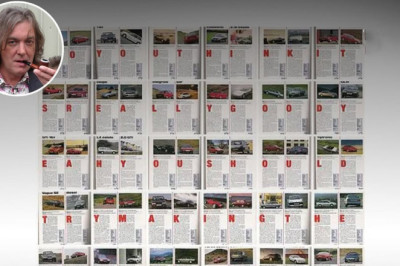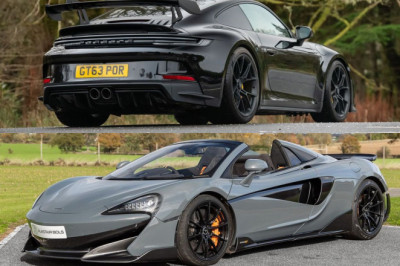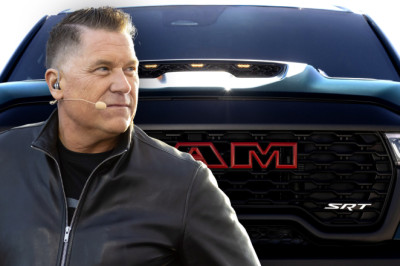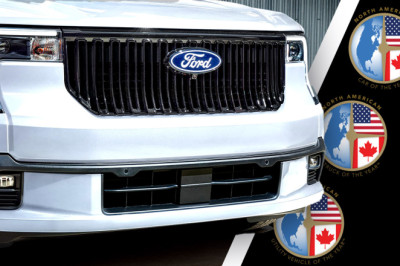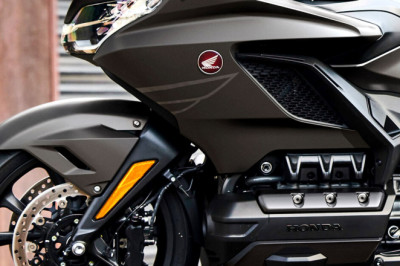
It’s not your imagination, or because you’re getting old. If you read J.D. Power’s new damning report on problems with new cars, you’ll see continuing decline in auto quality is a real thing, as evidenced by the number of problems per 100 vehicles (PP100) rising a record 30 PP100 during the past two years.
According to the J.D. Power 2023 U.S. Initial Quality StudySM (IQS), released two days ago, the rise in problems is 12 PP100 greater than in 2022, which follows an increase of 18 PP100 in 2022 from 2021. In 2023, the industry average is 192 PP100. A lower score reflects higher vehicle quality.
The U.S. Initial Quality Study, now in its 37th year, is based this year on responses from 93,380 purchasers and lessees of new 2023 model-year vehicles who were surveyed early in the ownership period. The study is based on a 223-question battery organized into nine vehicle categories: infotainment, features, controls and displays, exterior, driving assistance, interior, powertrain, seats, driving experience, and climate.
While problems with driving experience are flat year over year, quality declines in all other categories. The largest year-over-year increase in the number of problems is in the features, controls and displays category (+3.2 PP100), followed by infotainment (+2.3 PP100).
Following are key findings of the 2023 study:
Close-up of flush-mounted, retracting door handle on Tesla automobile. (Photo by Smith ... [+] Collection/Gado/Getty Images)
A vehicle basic—door handles—are increasingly a sticking point
Opening a door was once something you didn’t even think about. It was an aspect of a vehicle that had been examined, engineered and mastered.
The basic touch point of door handles is now a percolating problem area as manufacturers attempt to redesign them. Owners are having issues with high-tech approaches to this basic function; seven of the 10 most problematic models in this area are battery electric vehicles (BEVs).
Safety systems causing problems
More than three-fourths (80%) of owners say their new vehicle includes all four of the primary driver assistance features—forward collision warning, lane keeping assistance, lane departure warning and blind spot warning.
However, problems owners encounter in the driver assistance category have increased 1.8 PP100 year over year. The most problematic areas are lane departure warning/lane keeping assistance (7.2 PP100) and forward collision warning/automatic emergency braking (5.0 PP100) for those that have these features.
Android Automotive Operating System (AAOS) issues
A 21.5 PP100 gap exists between vehicles that have an Android Automotive OS without Google Automotive Services (51.1 PP100) and those vehicles that don’t have this system (29.6 PP100). This is only for the operating system for in- vehicle infotainment, not for the smartphone mirroring systems of Android Auto or Apple CarPlay.
Smart phone charging in car
Smartphone charging becomes “most deteriorated” problem
Across all 223 problems measured in the study, wireless charging pad not working properly has increased by a sizable 1.1 PP100 and is driven by both increased penetration and more usability issues with the technology. Users are experiencing several problems, including poor location; phone overheating; and intermittent charging, if at all. (Author raises hand.)
Owners report being increasingly happier with apps, though.
Manufacturer smartphone apps improve 0.4 PP100 this year as the market penetration rate grows to 76%. BEV owners in particular use their app at least 68% of the time, primarily to monitor the charging process and to view their vehicle’s available range. The higher usage and unique BEV use cases translate to more problems experienced using the app in comparison to those with an internal combustion engine vehicle.






